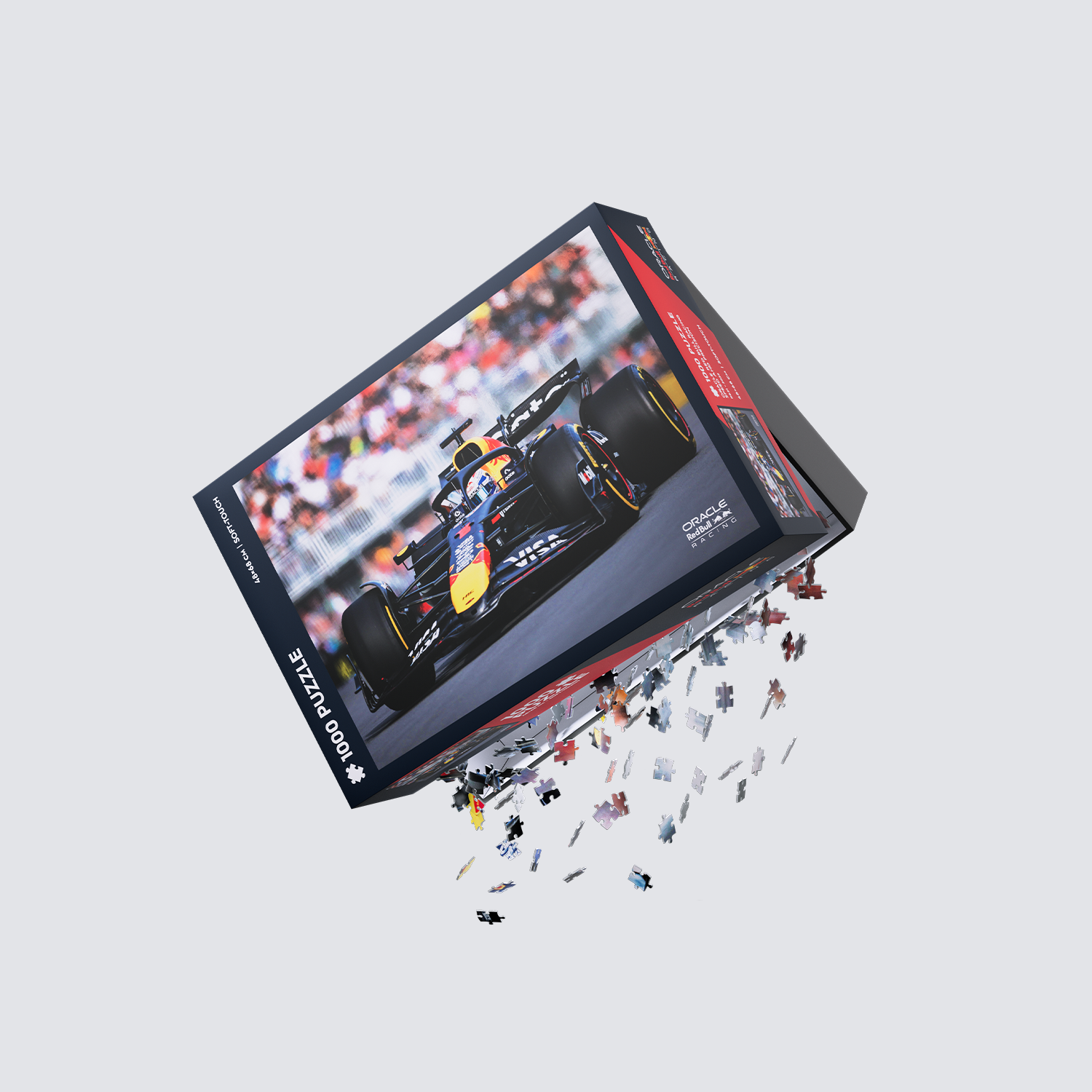24h Le Mans Centenary: 2023 | Written by Richard Kelley
From the outside, Peugeot’s 9X8 is all about the wing – or rather, the distinct lack of one. The 9X8 debuted in the World Endurance Championship in 2022, entering a small handful of rounds to complete its development programme ahead of a full assault on the Le Mans Centenary celebration this week.
Succeeding the 905 and 908, the 9X8 was designed to take full advantage of the freedoms allowed by the new regulations for the Hypercar category. The first area to benefit from the new rules is aerodynamics. Indeed, the latter enables the vehicle to have only one adjustable aerodynamic element without specifying what it should be, thus allowing Peugeot to do without the rear spoiler.
 Mauro Baldi / Philippe Alliot / Jean-Pierre Jabouille, Peugeot 905 Evo 1B, finished third at the 1992 24h Le Mans. Image Courtesy: Motorsport Images.
Mauro Baldi / Philippe Alliot / Jean-Pierre Jabouille, Peugeot 905 Evo 1B, finished third at the 1992 24h Le Mans. Image Courtesy: Motorsport Images.
Early concept testing revealed Peugeot was exceeding the targets in the wind tunnel, so engineers looked at removing the rear wing altogether and compared their progress with a second prototype, much closer to an LMP1, running in parallel.
The new concept allowed many packaging benefits, especially moving the weight distribution forward to almost 50:50. Peugeot quickly found they could extract the same performance from both cars by tuning them differently. With the new LMH rules super-flexible, Peugeot could work on speed gained underneath the car in-house and designed around all-wheel-drive, which is what the X of 9X8 signifies.
 #94 Peugeot Totalenergies Peugeot 9X8 of Loic Duval, Gustavo Menezes, James Rossiter at the WEC Monza 2022. Image Courtesy: Motorsport Images.
#94 Peugeot Totalenergies Peugeot 9X8 of Loic Duval, Gustavo Menezes, James Rossiter at the WEC Monza 2022. Image Courtesy: Motorsport Images.
Peugeot explains the name "9X8" for several reasons: the 9 symbolizes the brand's high-performance models, the X represents all-wheel drive and electric drive technologies, and the 8 corresponds to the brand's contemporary models.
The road car design department worked alongside its motorsport team to bring the 9X8 to life, and it is chock-full of design details seen in the recent Peugeot Inception concept as well as Citroën’s rallying expertise.
Thanks to the new Hypercar rules, the regulations have introduced some welcome design diversity across it, the 9X8 being a shining exemplar of the inventiveness the new rulebook allows.
 #93 Peugeot Totalenergies Peugeot 9X8 of Paul Di Resta, Mikkel Jensen, Jean-Eric Vergne at the WEC Monza 2022. Image Courtesy: Motorsport Images.
#93 Peugeot Totalenergies Peugeot 9X8 of Paul Di Resta, Mikkel Jensen, Jean-Eric Vergne at the WEC Monza 2022. Image Courtesy: Motorsport Images.
As expected, Peugeot’s new car is a beast. The 9X8 pairs a 268 bhp electric motor on the front axle with a 671 bhp 2.6-litre V6 powering the rear. It’s a bespoke race engine, albeit one carved from existing Peugeot Sport engineering. The engine block bears relation to the V12 from the 908 HDi, while its twin-turbocharging is calibrated by Dakar and World Rally experience. Thanks to the greater freedom of LMH, there’s a 900 V battery developed with Peugeot’s pals at TotalEnergies, while a seven-speed sequential transmission is at the drivers’ fingertips.
 The unveiling of the striking new livery for the 2023 24h Le Mans. Image Courtesy: Stellantis Media.
The unveiling of the striking new livery for the 2023 24h Le Mans. Image Courtesy: Stellantis Media.
All cars on the grid are capped at 671 bhp peak output, making the Peugeot's combined 939 bhp purely hypothetical. The advantage of its electric motor is traction: each time it's activated, the engine's production dims to keep the 9X8 under the threshold. The drivers won't trigger the motor on demand; the system is dynamically automated. Its timing is based on circuit maps honed during simulations attended by engineers and drivers.
And to avoid the AWD cars marching ahead of RWD rivals during wet races and in more technical corners, there’s a minimum activation speed for the e-motor, one dictated by tyre size. At 150 km/h (93 mph), Peugeot’s sits lower than that of the Toyota GR010.
 #94 Peugeot TotalEnergies Peugeot 9X8 of Loïc Duval, Gustavo Menezes, Nico Müller during Sunday testing prior to the 2023 24h Le Mans. Image Courtesy: Stellantis Media.
#94 Peugeot TotalEnergies Peugeot 9X8 of Loïc Duval, Gustavo Menezes, Nico Müller during Sunday testing prior to the 2023 24h Le Mans. Image Courtesy: Stellantis Media.
Among the drivers of the second of Peugeot’s 9X8s, Paul di Resta sees the new car as a perfect fit for Hypercar.
“This new Hypercar is built for Le Mans,” remarked di Resta. “It’s light on downforce and significantly heavier than before, but around a track like this its efficiency comes into its own. Down the Mulsanne Straight and towards Indianapolis will be where it feels at its best.”
“I think now Le Mans employs a different philosophy. When everything was more open without BOP you’d have one package for here, and one for other tracks. You don’t have that luxury anymore so you’re running the Le Mans package throughout the year. It’s all about the most important race.”
 #93 Peugeot TotalEnergies Peugeot 9X8 of Paul Di Resta, Mikkel Jensen, Jean-Eric Vergne during Sunday testing prior to the 2023 24h Le Mans. Image Courtesy: Stellantis Media.
#93 Peugeot TotalEnergies Peugeot 9X8 of Paul Di Resta, Mikkel Jensen, Jean-Eric Vergne during Sunday testing prior to the 2023 24h Le Mans. Image Courtesy: Stellantis Media.
As Jean-Marc Finot – head of motorsport at Stellantis and Peugeot remarked, “Balance of Performance is a necessary evil as a competitor, but it’s a good way to give these programmes some affordability.”
“We chose LMH as it allowed a complete Peugeot Sport design of the powertrain compared to LMDh, where you only develop the internal combustion engine. It's not very trendy to communicate ICE in Europe, and working this way with our partners and suppliers is more agile. I'm pretty sure it's no more expensive for us as a result. And whatever design you have, the performance will be the same. It'll give the races a lot of diversity: V6, V8, turbo, naturally aspirated. It will be interesting for the fans to see such different cars.”
“It's in Peugeot's DNA. It's the 30th anniversary of the Peugeot 905 victory and the 100th birthday of Le Mans.”
 Team Peugeot TotalEnergies at Le Mans. Image Courtesy: Stellantis Media.
Team Peugeot TotalEnergies at Le Mans. Image Courtesy: Stellantis Media.
Follow the link below to read more stories from the 100 years of 24h Le Mans and discover our celebratory poster collection in cooperation with the Automobile Club de l'Ouest.














































